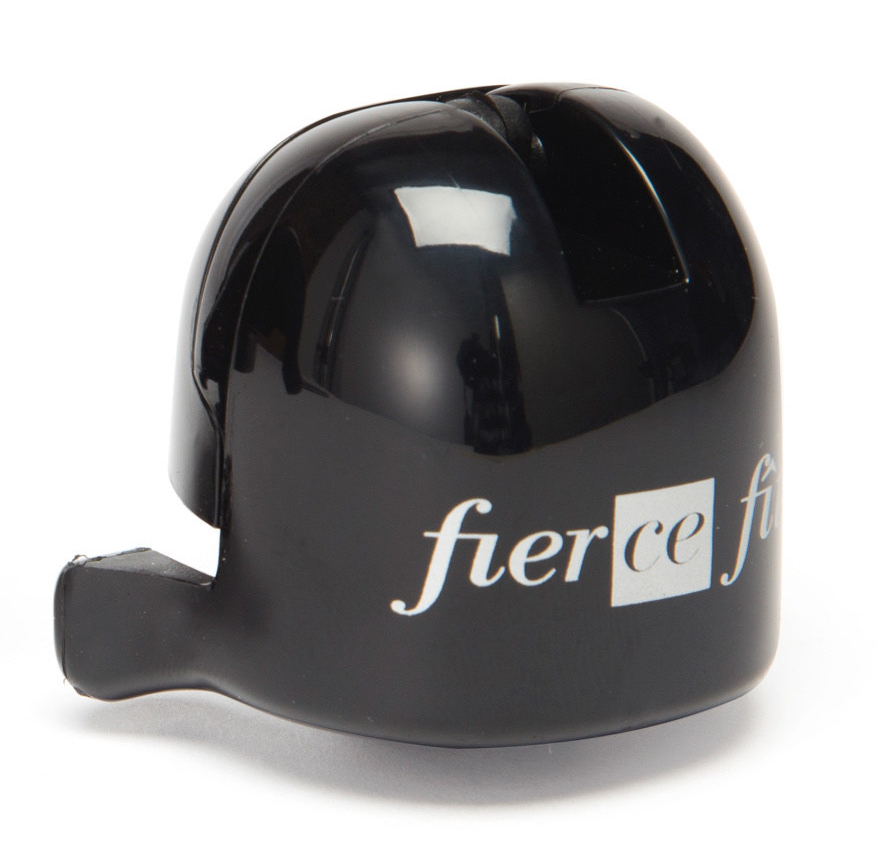After the vendanges : the first fermentation
What happens after the Vendanges in Champagne? The first fermentation, a moment that already defines the style of each wine.
Once the juices of the different grape varieties have been obtained separately, the winemakers supervise the first fermentation which transforms the must into wine.
What happens during the first fermentation?
The indigenous yeasts, small mushrooms, naturally present on the skin of the grapes, and the added yeasts, mix and "eat" the sugar present in the flesh of the grapes.
As the sugar in the grape juice gradually turns into alcohol, several substances are released into the tank.
These include ethanol and carbon dioxide, as well as various aromas and acids that contribute to the bouquet and flavour of the wines and build their sensory characteristics.
This fermentation takes place just after pressing, generally in stainless steel tanks or, more rarely, in barrels at around 16-18°C.
Below this temperature the yeasts go to sleep, above it they die.
This first fermentation starts with a tumultuous phase, the "bouillage", so called because of the bubbling of the liquid that occurs spontaneously under the action of the yeasts.
Of course, the tanks or barrels are not completely filled in order to avoid untimely overflows.
It is during the second phase of the fermentation that the level is gradually raised and when it is finished, the barrels and vats are topped up.
When this fermentation is complete, the first racking is carried out to eliminate the coarsest deposits.
Throughout the fermentation, carbon dioxide is released and its escape is encouraged by ventilation.
In total, alcoholic fermentation lasts between 2 and 3 weeks, sometimes longer. It ends when all the sugar in the must has been transformed into alcohol and reaches an alcoholic degree of about 11°.
The theory is simple, but the execution is complex and involves no less than 30 spontaneous chemical reactions.
As mentioned earlier, this fermentation can take place in stainless steel tanks at low temperature as well as in barrels.
What is then the difference between wines fermented in stainless steel tanks and in barrels?
Champagne wines vinified in stainless steel tanks are often synonymous with purity and elegance, freshness and delicacy, taut and straight wines that celebrate the purest of Champagne terroir. Their expression is often racy and an example of balance.
The "woody" Champagne wines gain in aromatic expression and above all in structure, in power and harmony. These wines are often ambivalent, with a double structure, a baroque character, tender on the attack and rounder on the finish.
See you next week to discover the other fermentations of Champagne wine!
And now discover the magnificent Cuvées elaborated with so much work and passion by visiting our Boutique!
Cin cin et à votre santé!

 My bag
My bag
 The Boutique
The Boutique
 Login
Login


